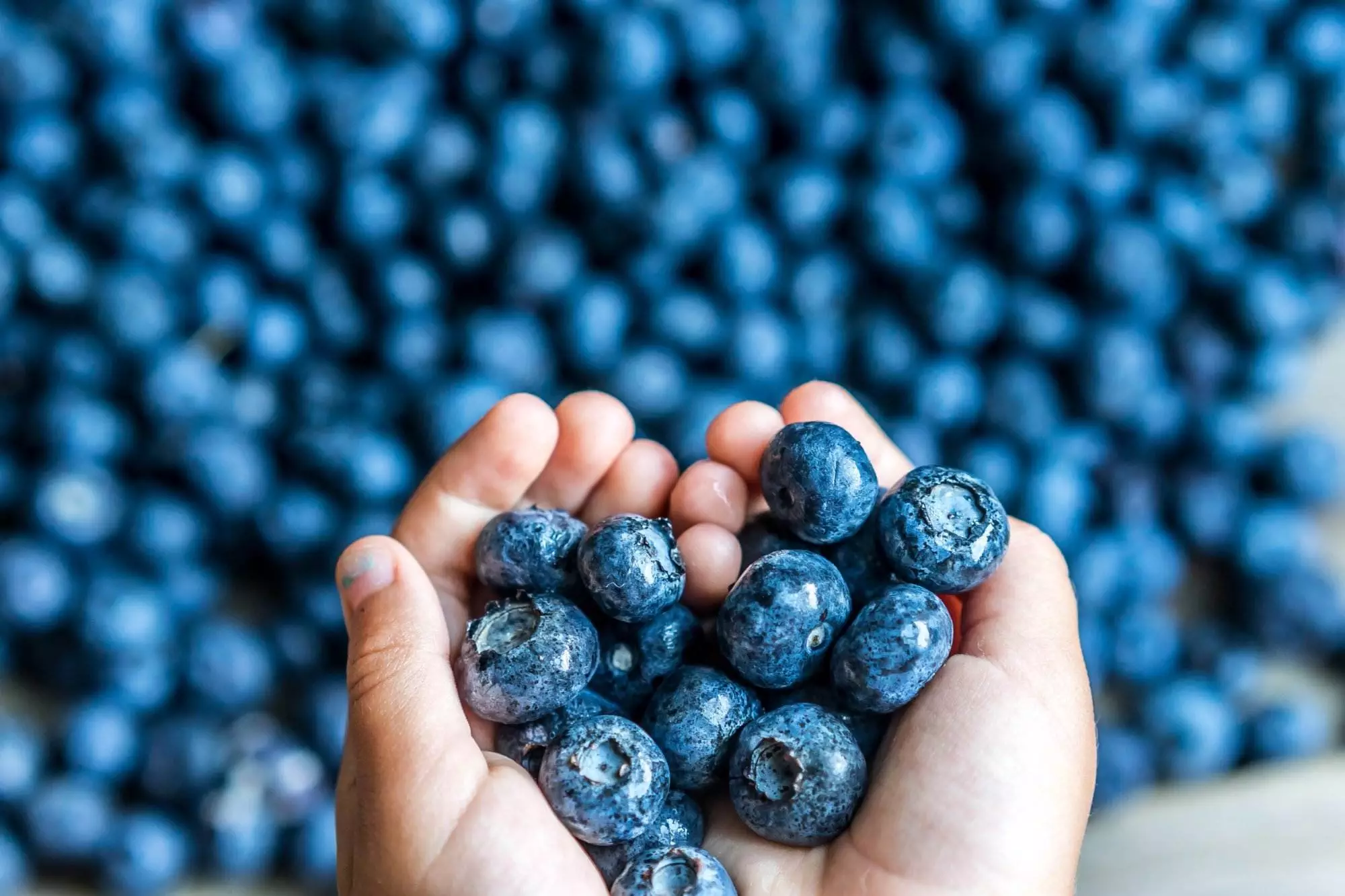
Getting Started With Carb Cycling: Everything You Need to Know About This Revolutionary Diet Trend
Carb cycling is a diet trend that has been gaining popularity in recent years. It involves alternating between high and low carbohydrate intake on different days of the week or even within the same day. The idea behind this approach is to take advantage of the benefits of both high-carb and low-carb diets while minimizing their drawbacks. In this article, we will explore everything you need to know about carb cycling, including what it is, how it works, its benefits for weight loss, creating a successful meal plan, common mistakes to avoid, and answers to frequently asked questions.
What Is Carb Cycling?
Carb cycling is a type of flexible dieting that involves varying your carbohydrate intake depending on your goals and needs. Instead of restricting yourself from certain food groups like many traditional diets do, carb cycling allows you to enjoy a wide variety of nutritious whole foods while still achieving your health and fitness objectives. By strategically timing your carb intake, you can optimize your body’s hormonal response, improve insulin sensitivity, and reduce inflammation.
How Does Carb Cycling Work?
The basic principle behind carb cycling is to alternate between periods of higher and lower carb consumption. For example, you might eat more carbs on training days when you need extra energy and fewer carbs on rest days when your body doesn’t require as much fuel. Some people also choose to cycle carbs throughout the day, consuming more carbs earlier in the day when they have more energy demands and less at night when they are less active.
Benefits Of Carb Cycling For Weight Loss
One of the main benefits of carb cycling is its ability to help with weight loss. When you limit your carb intake, your body becomes more efficient at burning fat for energy, which can lead to faster weight loss. Additionally, by cycling carbs, you can prevent your metabolism from slowing down, which often happens when you cut out entire food groups. Furthermore, carb cycling can help you maintain muscle mass while shedding excess fat, making it an ideal choice for those looking to achieve a lean and toned physique.
Creating A Successful Carb Cycling Meal Plan
To create a successful carb cycling meal plan, start by determining your daily calorie requirements based on your age, gender, height, weight, and activity level. Then allocate those calories into three macronutrient categories – protein, fats, and carbs. On high-carb days, aim to consume 40-60% of your calories from carbs, with the remaining calories coming from protein and fat. On low-carb days, decrease your carb intake to around 20%, with the remainder coming from protein and fat. Be sure to include plenty of colorful vegetables and whole grains in your meals, along with lean sources of protein and healthy fats.
Common Mistakes To Avoid When Carb Cycling
While carb cycling can be an effective way to lose weight and improve overall health, there are some common pitfalls to watch out for. One mistake is consuming too few calories overall, which can slow down your metabolism and make it harder to reach your weight loss goals. Another mistake is not getting enough fiber and micronutrients from whole food sources, which can increase the risk of deficiencies and digestive issues. Finally, be mindful of portion sizes and snacking habits, as overconsumption of any macronutrient can derail your progress.
FAQs About Carb Cycling And Its Effectiveness
1. How long should I stay on a carb cycling diet before seeing results?
Results may vary depending on individual factors such as starting weight, activity level, and adherence to the program. However, most people report seeing improvements in body composition after several weeks of consistent carb cycling.
2. Can I drink alcohol while carb cycling?
Alcohol should be consumed in moderation while carb cycling, as it can disrupt blood sugar levels and interfere with weight loss efforts. If you choose to drink alcohol, stick to low-carb options like spirits mixed with water or soda water.
3. What if I don’t like counting calories or tracking macros?
If the thought of tracking every morsel of food makes you cringe, don’t worry! While it can be helpful to have a general understanding of your macronutrient ratios, you can also use visual cues like plate size and color to guide your portions. Focus on filling half your plate with non-starchy veggies, one quarter with protein, and one quarter with complex carbs like quinoa or sweet potato.
